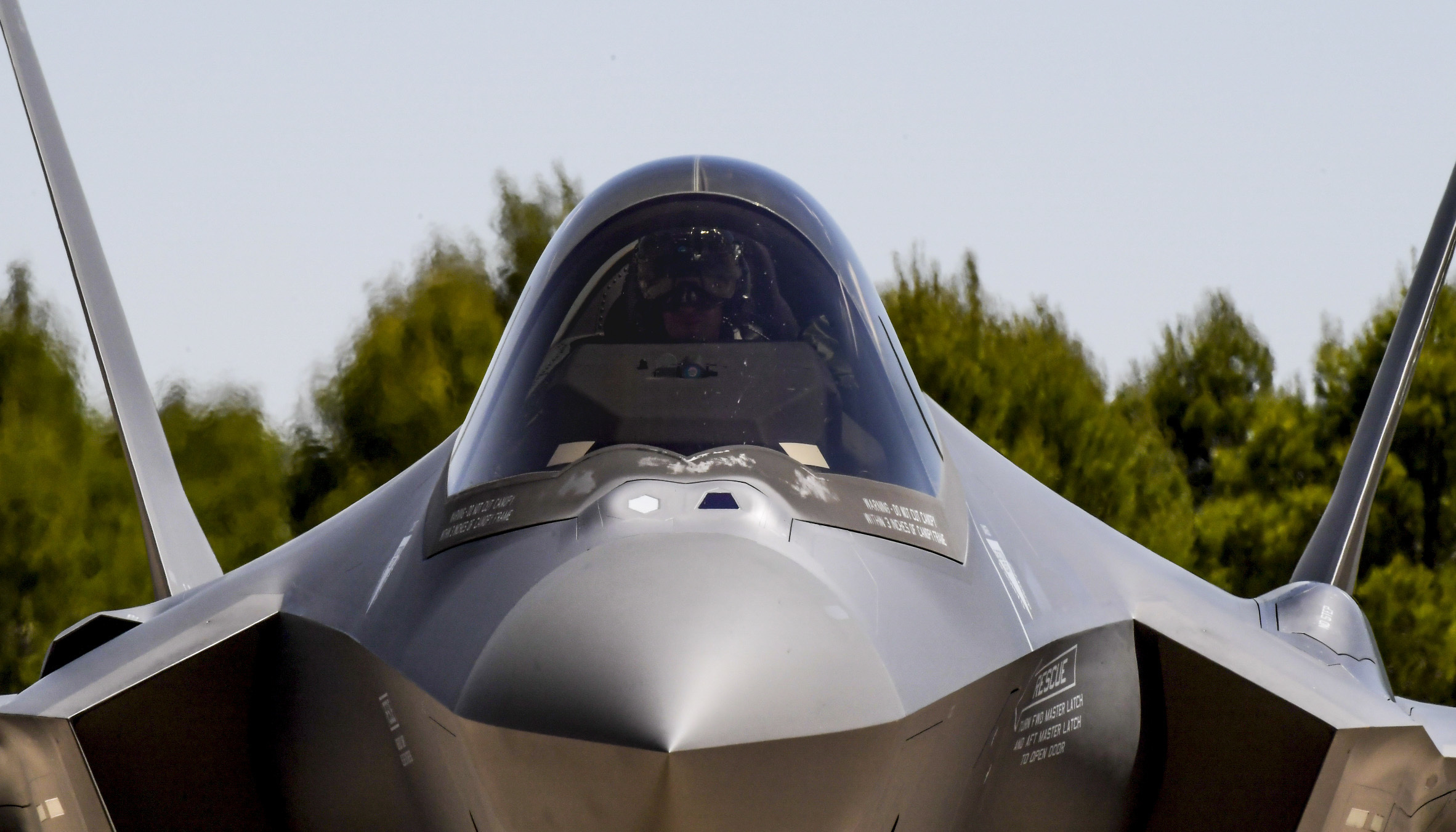Norway and Italy’s efforts to mature the F-35 platform.
1. An interview with LTC Martin Tesli on Norway’s view of their F-35As and the 3,500 hours flown by their pilots.
He explains how the aircraft has evolved over the years, from limited to 3Gs, to now flying at the full 9Gs envelop.
2. Explaining Norway’s view of the F-35A landing in winter, snow, and their use of the Drag Chute in the past year.
3. It is interesting how instructor pilots look at simple things during routine training, like using the Drag Chute, as a means to maintain capability.
4. In July 2020, the first Italian Navy’s F-35B assigned to the GRUPAER unit landed for the first time on the ITS Cavour in the Mediterranean sea. In order to accommodate the fifth generation STOVL aircraft, the Cavour was subjected at the Arsenale Militare Marittimo of Taranto to modifications and enhancements in addition to platform and propulsion overhaul, based on a contract awarded by Italian MoD Naval Armaments Directorate (NAVARM) in April 2018 to Fincantieri.
5. The most visible were the application of a deck coating suited to withstand the extreme temperatures emanated by the F-35B’s engines. All areas of the flight deck involved in F-35B activities (around 4,200 square meters) have been coated with a thermal metal spray capable of resisting temperatures of up to 1,500° C. The flight deck has been reinforced in correspondence of landing spot 2, 3, 4 and 5 with metal structures added underneath each spot in order to withstand the thermodynamic payloads associated with the aircraft engine exhausts. The thermodynamic stress was evaluated based on eight consecutive landings on the same spot at a distance of 120 seconds from each other.
6. The Cavour was equipped with a Special Access Program Facility (SAPF) area for aircraft mission planning, briefing, debriefing, protected by high security systems, as well as the automated logistic information system (ALIS), which integrates a broad range of F-35B data to enhance the jet operational availability. In order to support the higher data transfer required by this system, one of the ship’s SATCOM systems was enhanced.
7. Among other Cavour modifications, the two-tonne overhead crane in the hangar’s jet engine workshop has been replaced by a four-tonne safe working load crane suited to handling the heavier F-35B engines and lift-fans, the hangar having received new wall supports for aircraft bomb racks and missile launchers alongside compartment enhancement for flight personnel equipment. The aircraft carrier electrical distribution system was also modified based on the F-35B needs with the introduction of new transformers and converters while the platform gensets were overhauled for performance recovery.




